Ergot Grain Fungus - Learn About Ergot Fungus Disease
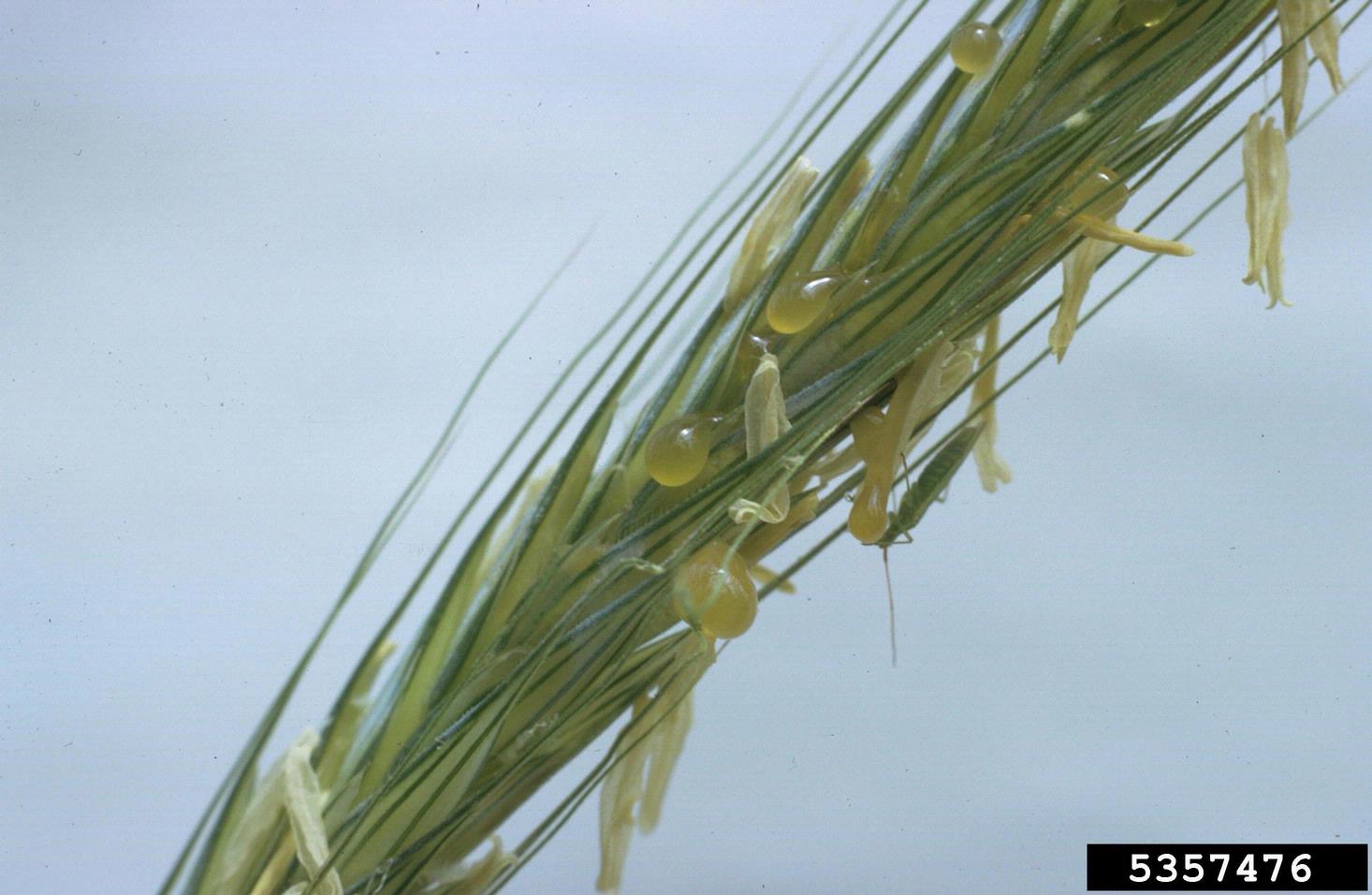

Growing grains and hay can be an interesting way to make a living or enhance your garden experience, but with great grains come great responsibilities. Ergot fungus is a serious pathogen that can infect your rye, wheat, and other grasses or grains-- learn how to identify this problem early in its lifecycle.
What is Ergot Fungus?
Ergot is a fungus that has lived side by side with mankind for hundreds of years. In fact, the first documented case of ergotism occurred in 857 A.D. in the Rhine Valley in Europe. Ergot fungus history is long and complicated. At one time, ergot fungus disease was a very serious problem among populations who lived off of grain products, especially rye. Today, we've tamed ergot commercially, but you may still encounter this fungal pathogen if you raise livestock or have decided to try your hand at a small stand of grain. Although commonly known as ergot grain fungus, the disease is actually caused by the fungus in the genus Claviceps. It's a very common problem for livestock owners and farmers alike, especially when springs are cool and wet. Early ergot fungus symptoms in grains and grasses are very hard to detect, but if you look at their flowering heads closely, you may notice an unusual shimmering or sheen caused by a sticky substance coming from infected flowers. This honeydew contains a huge number of spores ready to spread. Often, insects inadvertently harvest and carry them from plant to plant as they travel through their day, but sometimes violent rain storms can splash the spores between closely spaced plants. Once the spores have taken hold, they replace viable grain kernels with elongated, purple to black sclerotia bodies that will protect new spores until the next season.
Where is Ergot Fungus Found?
Since ergot fungus has possibly been with us since the invention of agriculture, it's hard to believe there's any corner of the world untouched by this pathogen. That's why it's so important to know how to identify ergot when you're growing any sort of grain or grass to maturity. The consumption of grasses or grains infected with ergot has serious consequences for man and beast alike. In humans, ergot consumption can lead to a myriad of symptoms, from gangrene to hyperthermia, convulsions, and mental illness. It is because of the sensation of burning and the black gangrenous extremities in early victims, ergotism was once known as St. Anthony's Fire or just Holy Fire. Historically, death was frequently the end game of this fungal pathogen, since the mycotoxins released by the fungus often destroyed human immunity against other diseases. Animals suffer many of the same symptoms as humans, including the gangrene, hyperthermia, and convulsions; but when an animal has managed to partially adapt to ergot-infected feed, it can also interfere with normal reproduction. Grazing animals, particularly horses, may suffer from prolonged gestations, a lack of milk production, and the early death of their offspring. The only treatment for ergotism in any population is to stop feeding it immediately and offer supportive therapy for symptoms.
Gardening tips, videos, info and more delivered right to your inbox!
Sign up for the Gardening Know How newsletter today and receive a free copy of our e-book "How to Grow Delicious Tomatoes".

Kristi Waterworth was a regular contributor to Gardening Know How for many years, answering countless queries on plant pests and diseases.
-
 Zinnias On Repeat: 10 Glorious Cut-And-Come-Again Varieties For Endless Summer Bouquets
Zinnias On Repeat: 10 Glorious Cut-And-Come-Again Varieties For Endless Summer BouquetsThese zinnia varieties keep giving all summer, making them the perfect choice for dedicated cutting gardens – or just the occasional homegrown bouquet.
By Ellen Wells
-
 Create A Romantic Garden Straight Out Of Bridgerton: Regency Era Romance In Your Garden
Create A Romantic Garden Straight Out Of Bridgerton: Regency Era Romance In Your GardenTry some romantic garden ideas straight out of Bridgerton. Flowers and gardens in the Regency era were lush and charming and you can get the same look!
By Bonnie L. Grant
-
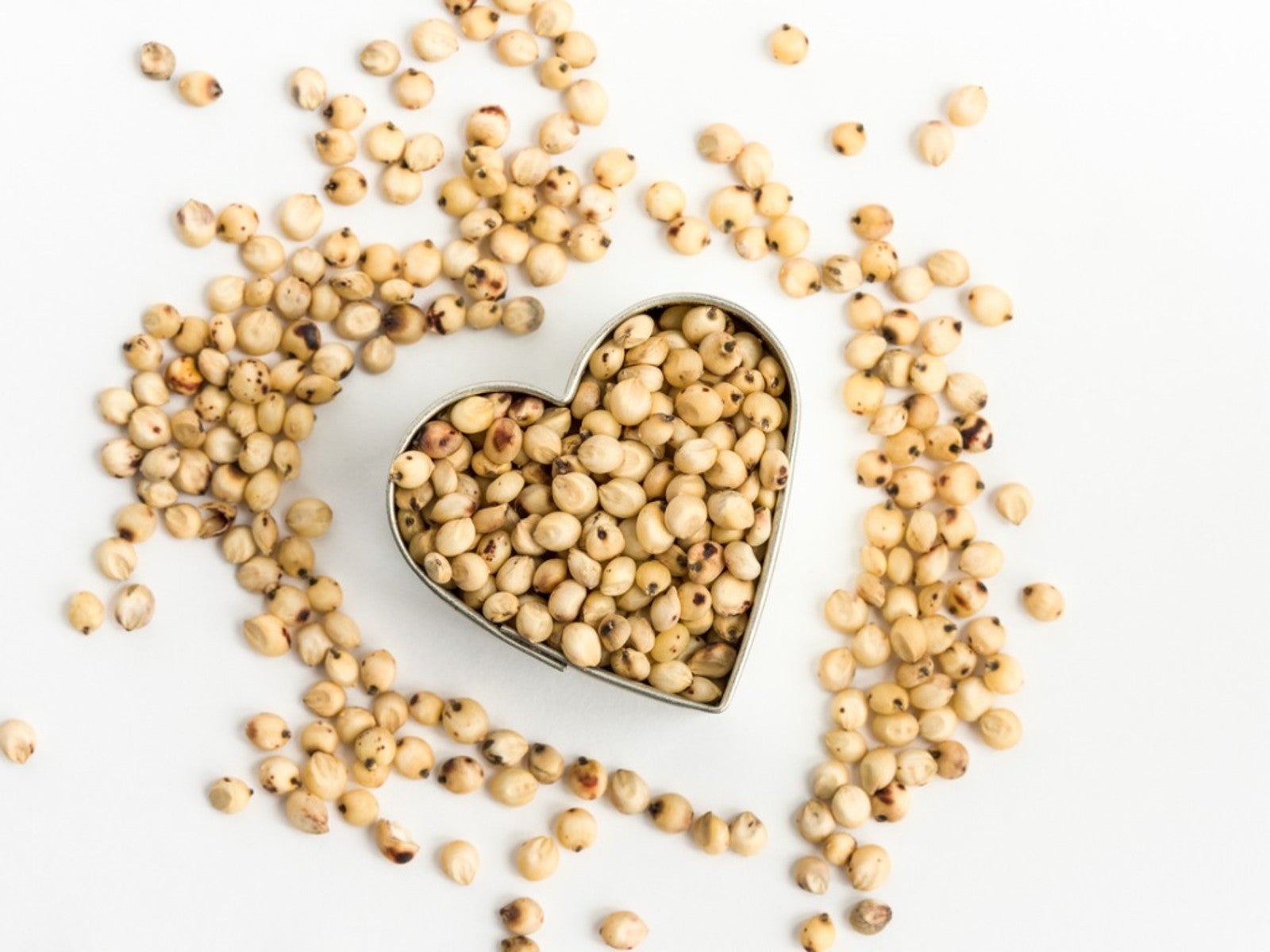 Gluten Free Grain: How To Grow Sorghum As A Gluten Free Substitute
Gluten Free Grain: How To Grow Sorghum As A Gluten Free SubstituteSorghum doesn't enjoy as much popularity today as it did in the 1800s. But it is making a comeback.
By Bonnie L. Grant
-
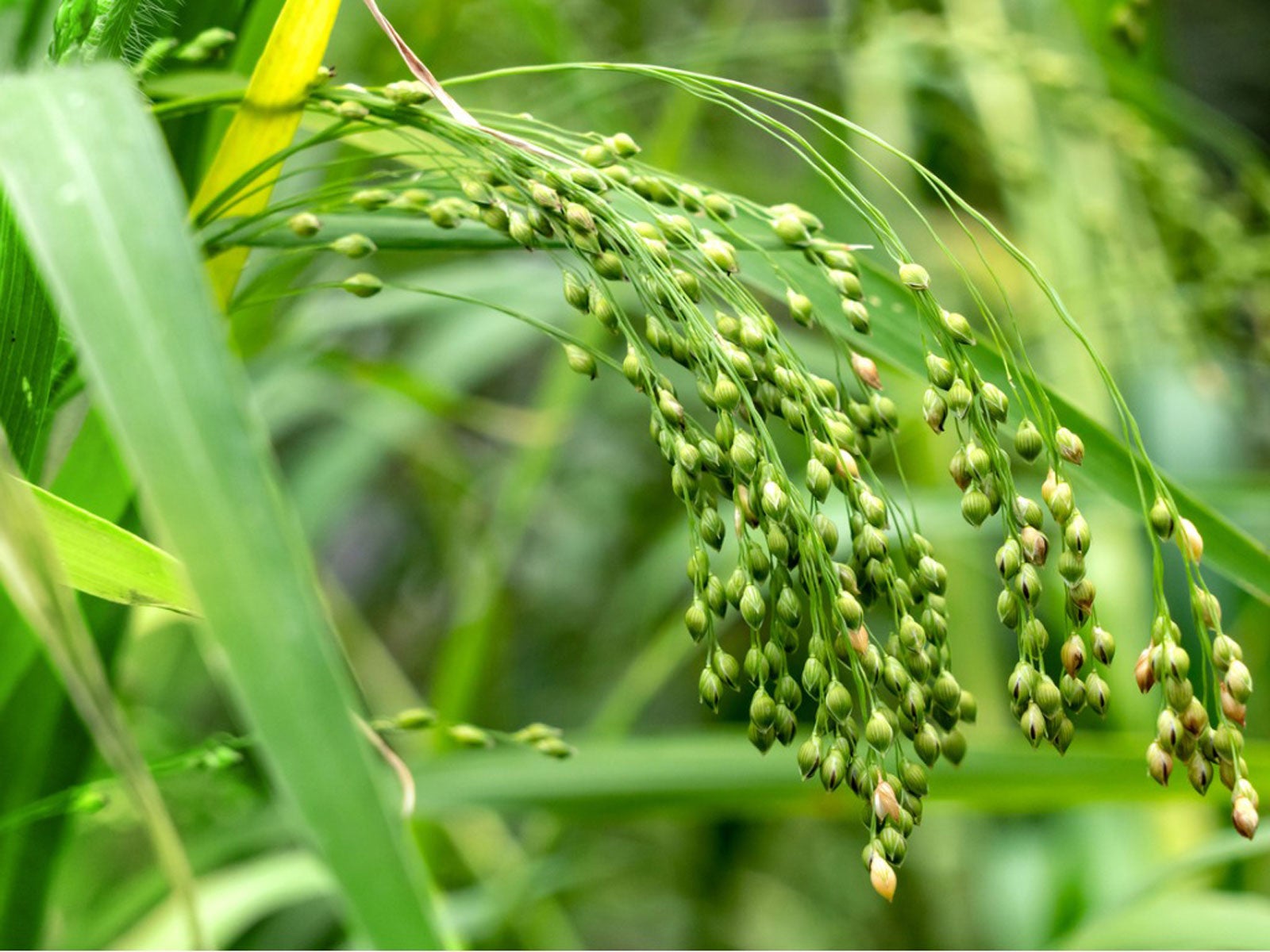 Wild Millet Grass – Learn About Growing Proso Millet Plants
Wild Millet Grass – Learn About Growing Proso Millet PlantsIt looks like a corn seedling, but it's not. Birds flock to it, but farmers may not. Is wild millet a weed or a beneficial plant? Click here to find out.
By Laura Miller
-
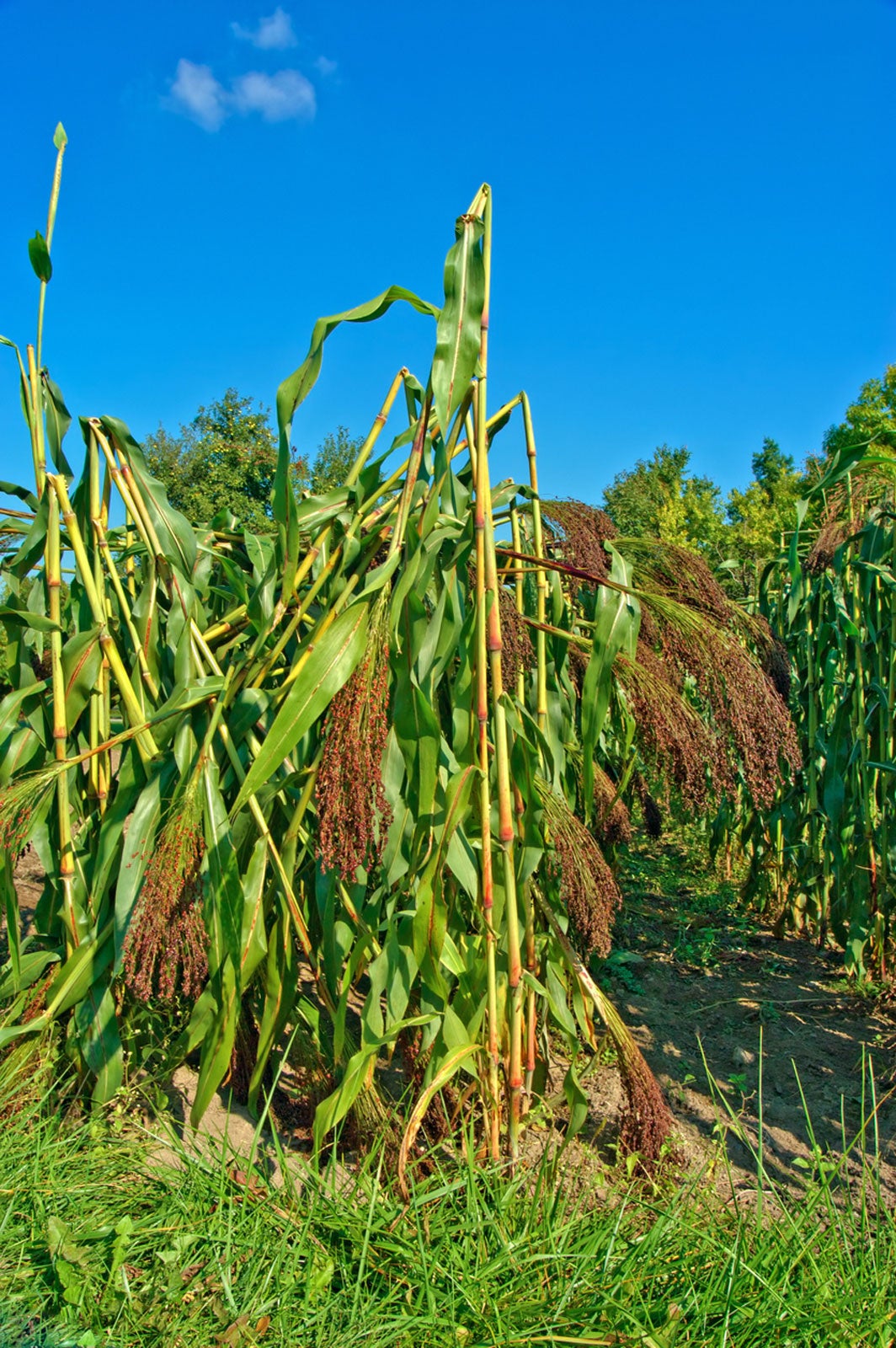 Using Broomcorn For Crafts – How To Harvest Broomcorn Plants
Using Broomcorn For Crafts – How To Harvest Broomcorn PlantsBroomcorn produces big, fluffy seed heads that resemble the end of a broom. If you’re feeling crafty and would like to know more about using broomcorn as well as tips on harvesting the plant, click this article to learn more.
By Bonnie L. Grant
-
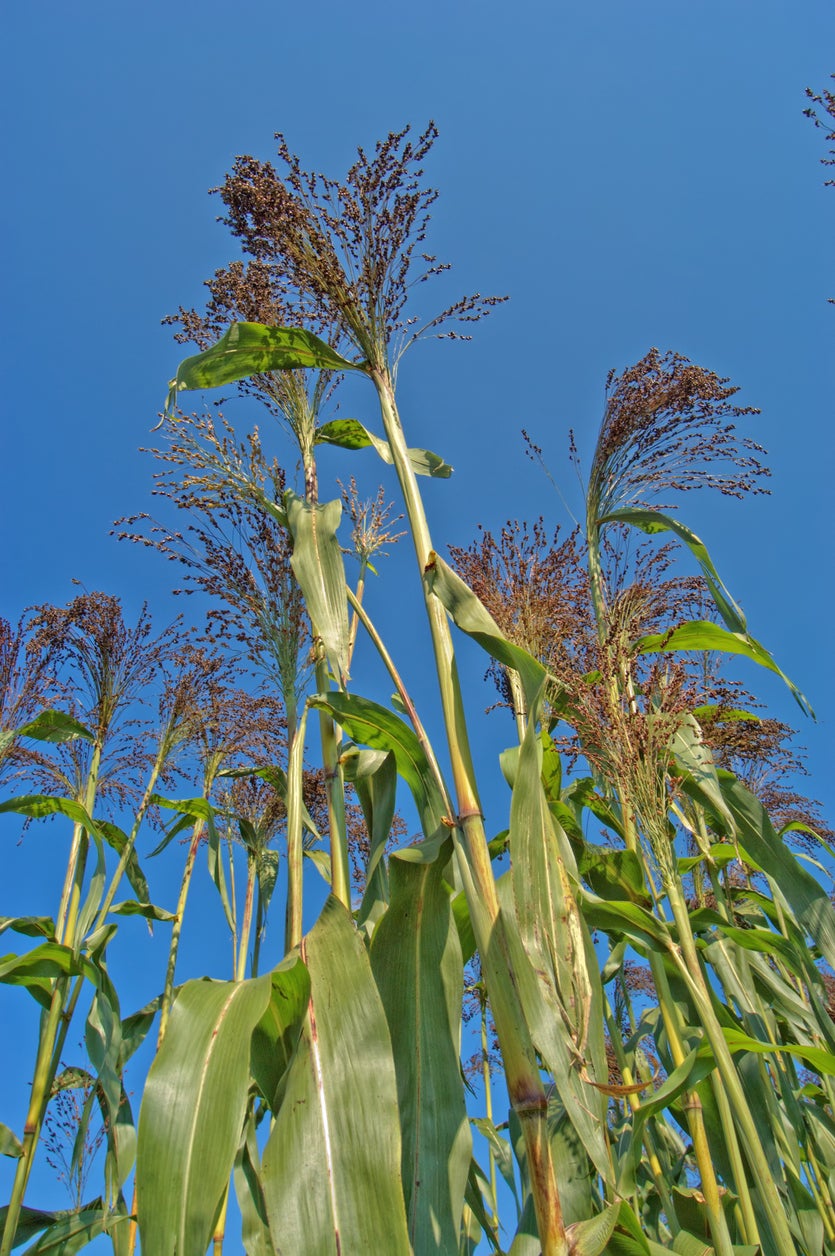 What Is Broomcorn – How To Grow Broomcorn Plants
What Is Broomcorn – How To Grow Broomcorn PlantsDo you wonder where those broom straws originate, the ones that are bound tightly into the broom you may still use for sweeping porches and hardwood floors inside? These fibers come from a plant called broomcorn, a variety of sorghum. Learn more here.
By Becca Badgett
-
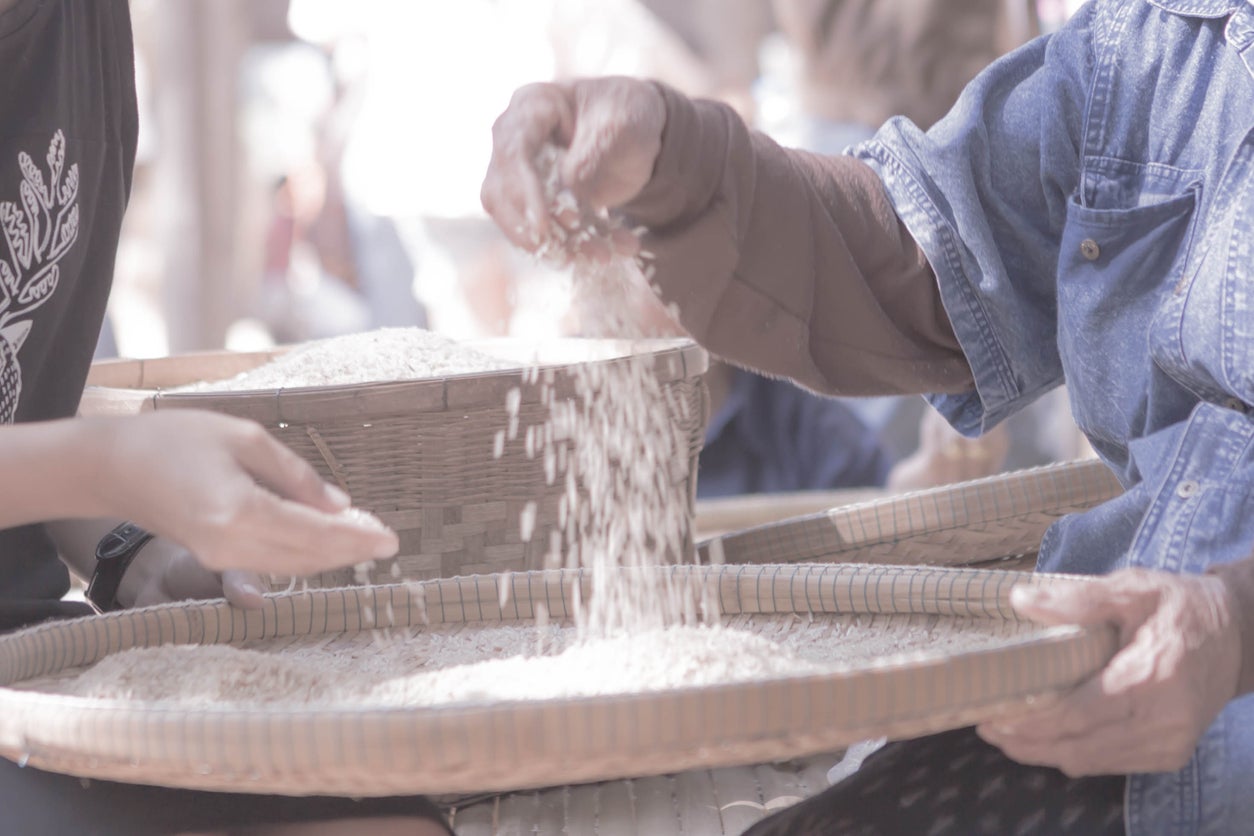 What Is Winnowing – Chaff And Winnowing Garden Seeds
What Is Winnowing – Chaff And Winnowing Garden SeedsGrowing your own grain in the garden is a practice that’s gaining in popularity, and while it’s a little intensive, it can also be very rewarding. Click here to learn the meanings of chaff and winnowing, and what they have to do with harvesting grain and other crops.
By Liz Baessler
-
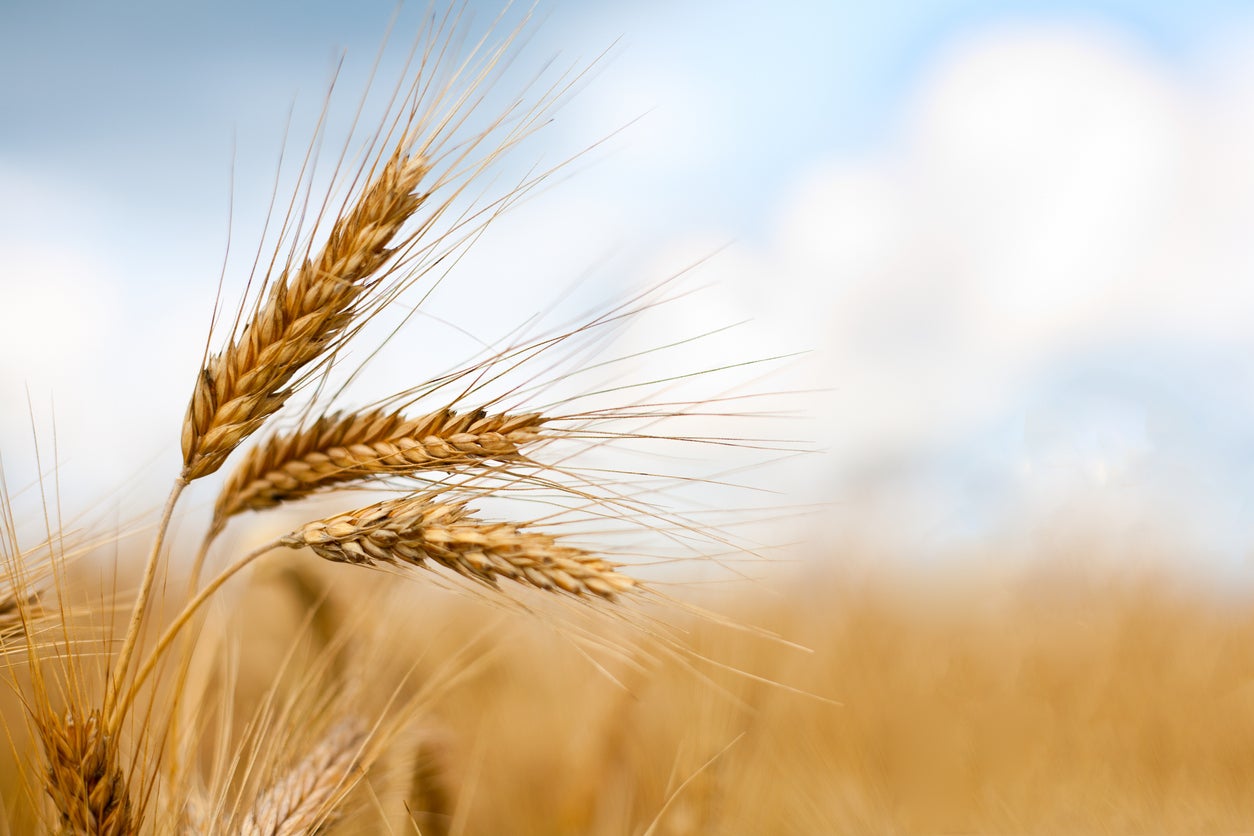 Harvesting Small Grains: How And When To Harvest Grain Crops
Harvesting Small Grains: How And When To Harvest Grain CropsHarvesting small grains as an individual can be tricky, without big threshing machines, but our ancestors did it and so can we. Knowing when to harvest grain is the first step, but you also need to know how to thresh, winnow and store it for best results. This article can help.
By Bonnie L. Grant
-
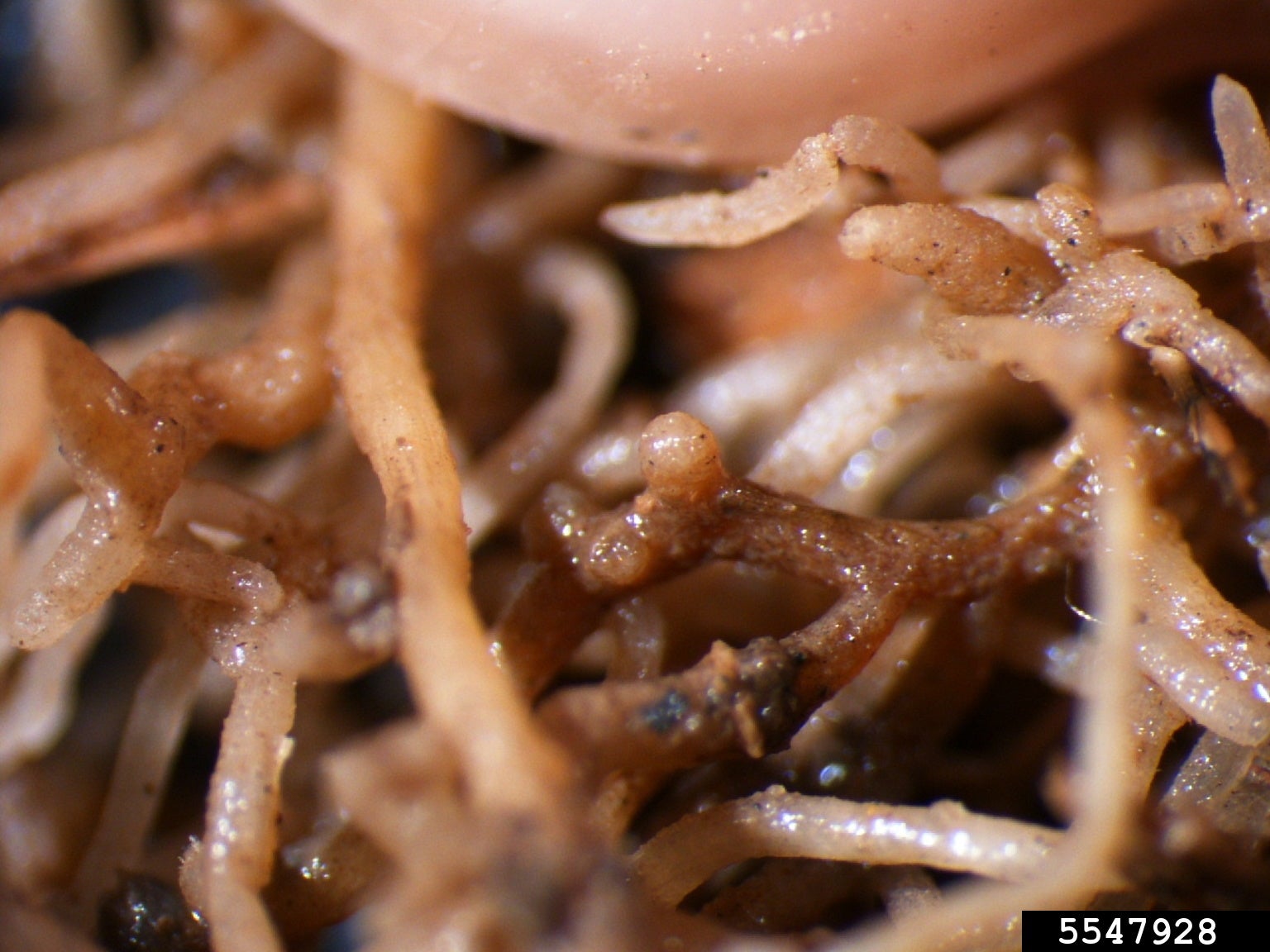 What Are Cereal Cyst Nematodes – How To Stop Cereal Cyst Nematodes
What Are Cereal Cyst Nematodes – How To Stop Cereal Cyst NematodesLess vulnerable to warm season pests, issues do arise during the cool season when growing grains. One of the most prominent issues is cereal cyst nematodes. If you’re curious and asking, “what are cereal cyst nematodes,” click here for an explanation.
By Becca Badgett
-
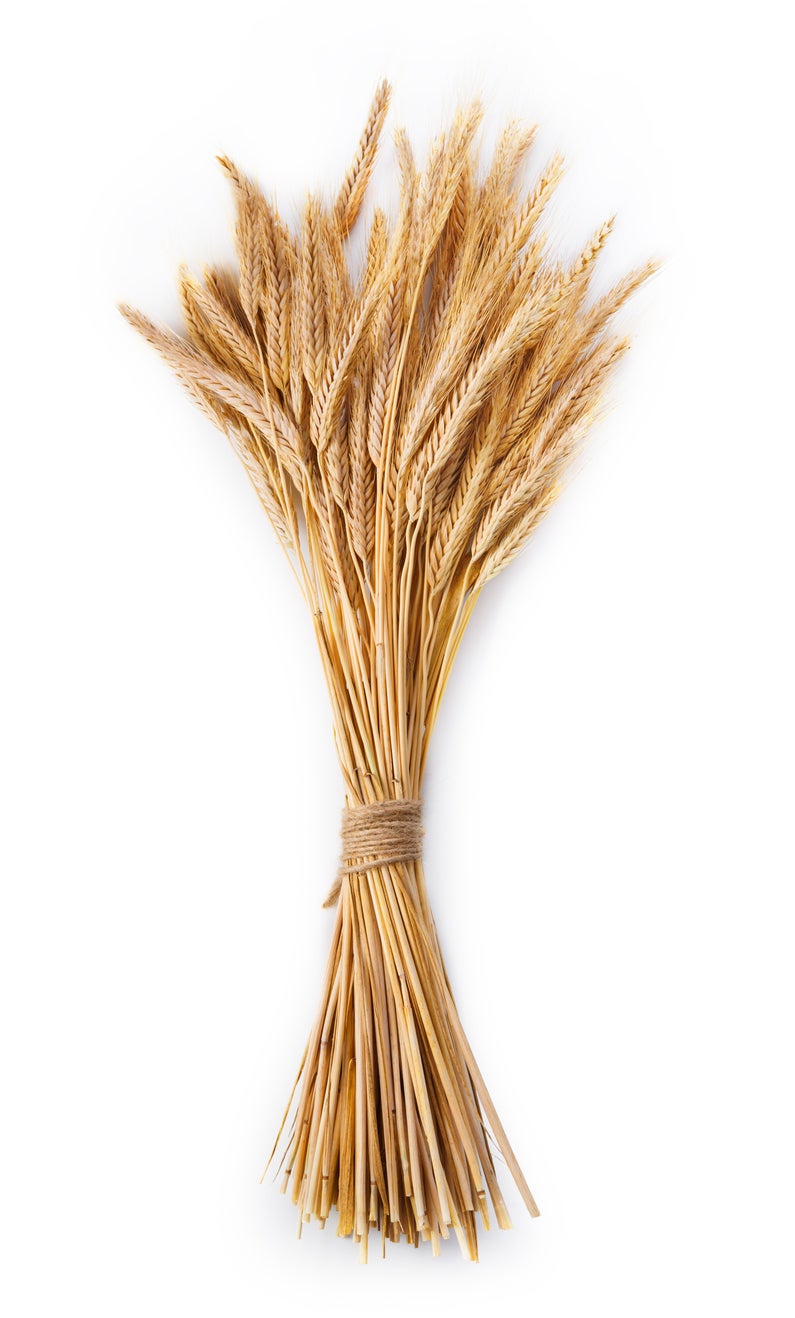 Growing Small Grain Crops – Small Grain Information for Home Gardeners
Growing Small Grain Crops – Small Grain Information for Home GardenersMore gardeners are beginning to shift their attention to multi-purpose crops like small grains, which serve multiple functions in commercial applications, homesteads, and family farms. Growing small grains is a rewarding way to maximize space and yields. Learn more here.
By Tonya Barnett